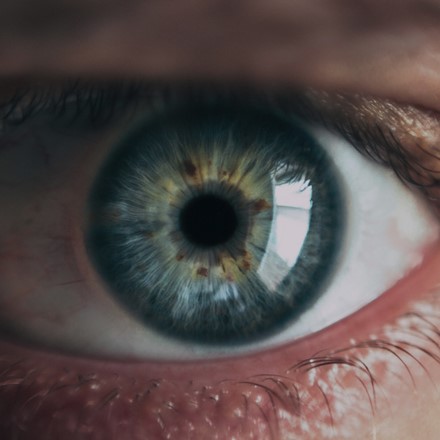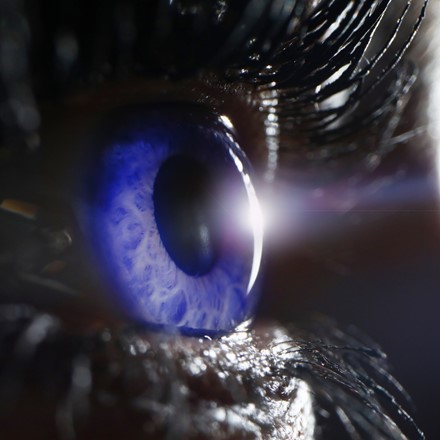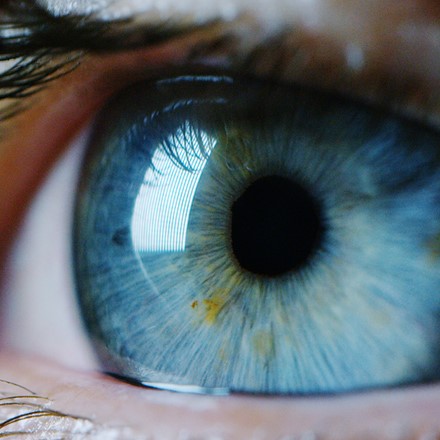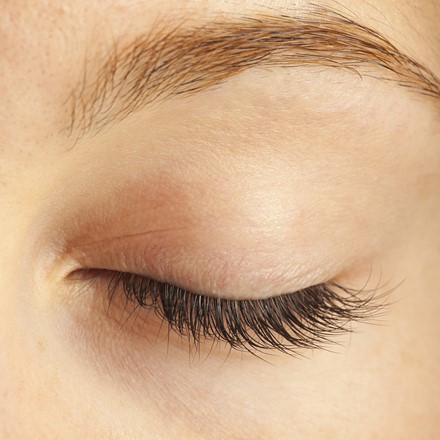CATARACT
Cataract can cause vision to become cloudy and may develop over months or years. Surgical treatment is the only way to restore vision and this has evolved over the past 70 years to be an extremely precise and predictable operation.
Cataract surgery assessment includes a full examination of the eye and measurements of the eye (biometry). There is information here about the type of anaesthetic, type of lenses (standard, extended depth of field and multifocal) and whether to have eyes done one at a time or both together on the same day, amongst other things.
Each surgeon has their own way of planning and performing cataract surgery. In this site, Mr Modi explains the basics as well as the refinements that can give the best results for a lifetime of excellent vision based on his experience of over 5000 cases, including many of the most complex cases. Mr Modi is a full member of the European Society of Cataract and Refractive Surgery (ESCRS).

YAG LASER CAPSULOTOMY
A common condition to develop in the first few years after cataract surgery is clouding of the 'posterior capsule.' This is a fine membrane that is kept behind after most of the natural lens is removed during cataract surgery. It holds the new lens in the correct position. If it becomes cloudy, a YAG laser can be used to pierce a small hole in to to allow one to see through the cloudy part of the membrane. Mr Modi is the laser lead at Frimley Park Hospital and can perform this procedure as an outpatient with eyedrop anaesthesia alone.

GLAUCOMA
Glaucoma is one of the leading causes of irreversible sight loss in the UK today. Once diagnosed, it requires life long follow up and treatment. Early diagnosis and treatment and regular assessment is imperative in retaining the best vision possible. Mr Modi uses the very latest technology to pick up the earliest signs of glaucoma and detect progression as it occurs. Glaucoma assessment includes: measurement of intraocular pressure with Goldmann applanation tonometry; gonioscopy to assess the drainage angle; visual field assessment; digital measures of the retinal nerve fibre layer (OCT); measurement of corneal thickness (pachymetry); full assessment of the eye for secondary factors including pigment dispersion or pseudoexfoliation. Finally, there is review and discussion of all measurements and examination findings and a summary is always provided with a personalised treatment plan.
Mr Modi is a full member of the UK and Eire Glaucoma Society and leads the glaucoma service at FrImley Park Hospital.

EYELID CONDITIONS (OCULOPLASTICS)
Oculoplastics is the branch of medicine dealing with the numerous conditions that affect the eyelids. The eyelids act to protect the eyes and ocular surface, which is critical to vision. Eyelids can turn inwards (entropion) or outwards (ectropion). They can lie too low (ptosis) or there can be excess skin (dermatochalasis) which can be treated to clear the vision or for cosmetic reasons. The eyelids themselves can become abnormal by developing lumps/bumps, of which some can be types of tumour and can need surgical excision. Watery eyes can be due to a number of problems which may or may not be related to the eyelids. The lacrimal or tear duct system may be obstructed and this can be treated with surgery such as punctoplasty or external or endonasal dacrocystorhinostomy (DCR).
Mr Modi is a full member of the British Oculoplastic Surgery Society (BOPSS), meaning that he has the required training and expertise to perform surgery in this area.

“I believe in involving my patients in their own care and value having a thorough discussion about the condition in order to formulate an individualized treatment plan.”
NEIL MODI
